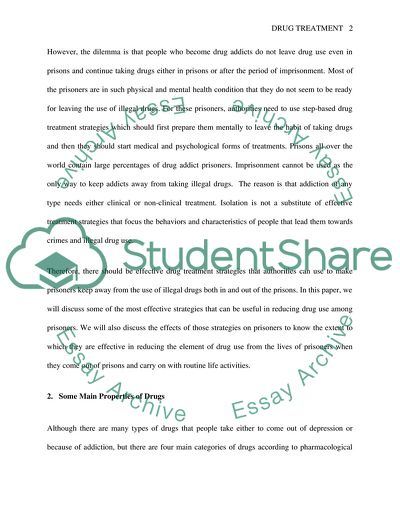Cite this document
(Drug Treatment Programs for Prisoners Dissertation, n.d.)
Drug Treatment Programs for Prisoners Dissertation. Retrieved from https://studentshare.org/health-sciences-medicine/1787513-what-types-of-drug-treatment-programmes-are-available-to-prisoners
Drug Treatment Programs for Prisoners Dissertation. Retrieved from https://studentshare.org/health-sciences-medicine/1787513-what-types-of-drug-treatment-programmes-are-available-to-prisoners
(Drug Treatment Programs for Prisoners Dissertation)
Drug Treatment Programs for Prisoners Dissertation. https://studentshare.org/health-sciences-medicine/1787513-what-types-of-drug-treatment-programmes-are-available-to-prisoners.
Drug Treatment Programs for Prisoners Dissertation. https://studentshare.org/health-sciences-medicine/1787513-what-types-of-drug-treatment-programmes-are-available-to-prisoners.
“Drug Treatment Programs for Prisoners Dissertation”, n.d. https://studentshare.org/health-sciences-medicine/1787513-what-types-of-drug-treatment-programmes-are-available-to-prisoners.


